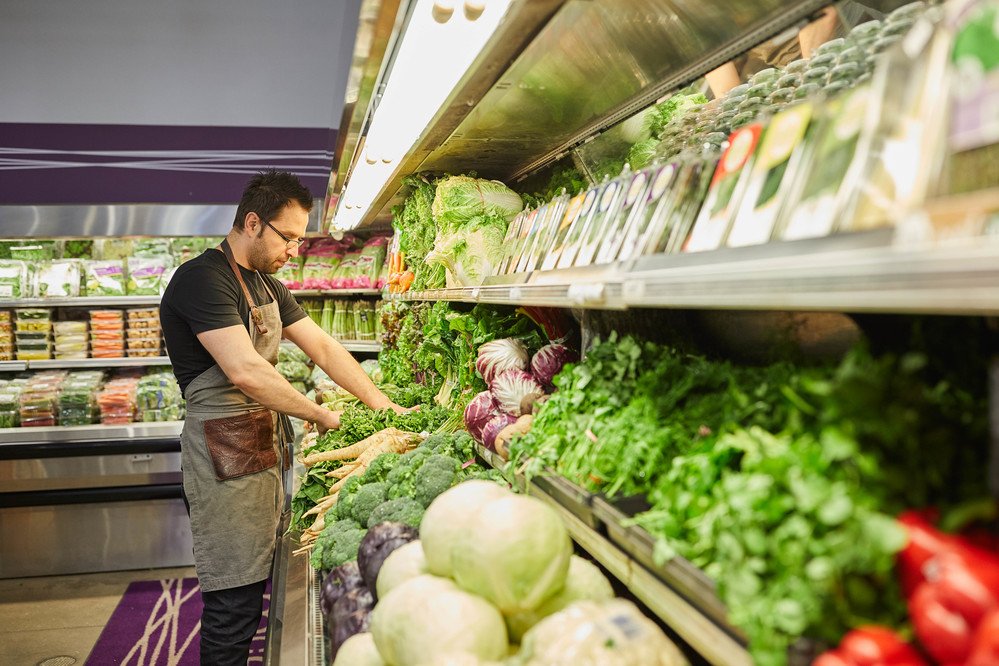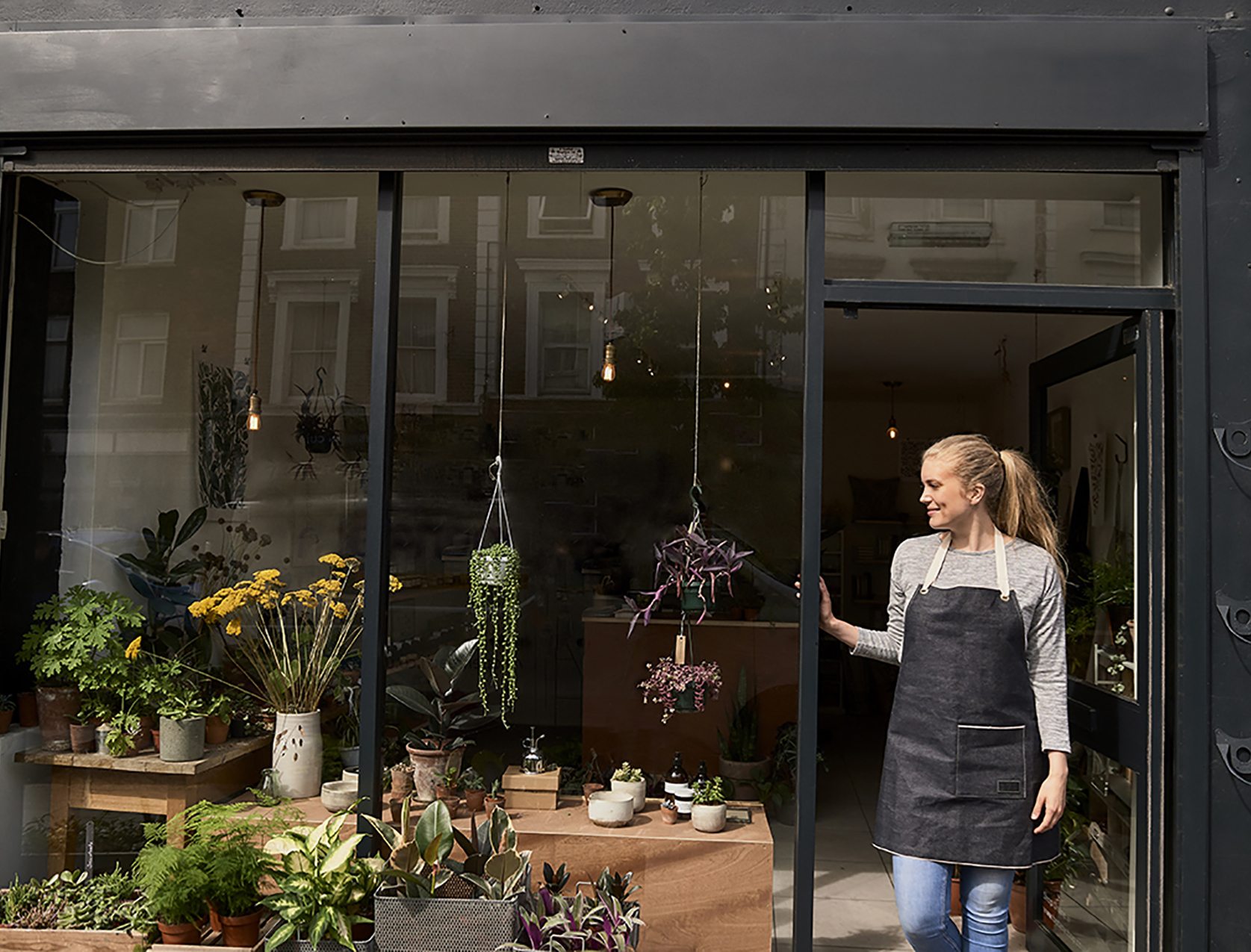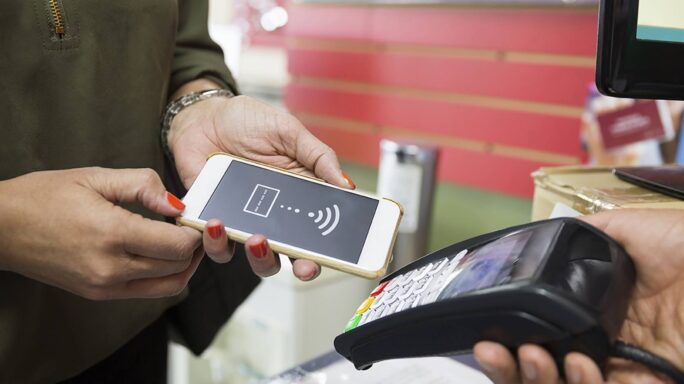Money Matters
How payments can help retailers survive the retail apocalypse

The “retail apocalypse” is happening. Not in an end-of-the-world sense but certainly the end of the traditional retail era as technology disrupts everything about the way we buy goods and services.
The impact has been significant, bringing the sustainability of the British high street into question after a grim holiday shopping season in late 2017.
Truth is, while the retail industry is changing drastically, there is still a place for in-store retail. Customer demand for a personalised and intuitive experience is what’s driving the shift.
As new players bring new technology to their shopping experience, they become more loyal, spend more with each purchase and become brand ambassadors for the businesses that impress them.
The key to keeping up with the change is to be as flexible as today’s shopping habits and to understand the checkpoints and opportunities for successful customer engagement. And since 84% of consumers across the globe were already using fintech to make payments in 2017, it’s a great place to start.
Here are four things to consider to reduce the chances of your business suffering at the hands of the retail apocalypse and how taking a different approach with payments could benefit your company.

Personalisation is an effective tactic when appealing to your customers’ needs
1. Personalisation
Personalisation is about using smart learning to predict data input on the customer’s behalf. This lessens the amount of manual input the customer must provide to complete the sale, which greatly increases your buyer conversion rate.
It’s a touchpoint many UK consumers are growing to expect from their retail experiences. In 2017, 49% of consumers said they would use ‘smart-reordering’ services, or automated re-ordering using stored customer data. That’s a valuable opportunity to build customer loyalty and create a steady, reliable cash flow source for your business.
Furthermore, 47% are frustrated when customers fail to deliver relevant, personalised shopping experiences. Meanwhile, 37% are more likely to shop with companies that always personalise experiences and 27% would find great value in services that intuitively learn about their needs over time to better customise services.
Here are some quick suggestions for implementing personalisation:
Consider a subscription option
Furthering the point on consumers’ willingness to opt for automatic reordering, 33% of UK consumers see peace of mind, no need to worry about making the payment on each due date as the main advantages of subscription payment models.
Meanwhile, 24% said avoiding delayed payments and late fees is most important, and 100% of businesses would agree.
Add autofill to your payments page
Repeat customers can upload their payment data once and not have to reach for their wallet every time they want to make a payment.
Invest in a loyalty programme
Did you know 9% of customers see VIP benefits as the top influence on their in-store experience? Offering your customers an opportunity to earn savings based on their individual shopping habits with your business is an effective way to create a personalised experience.
2. Mobility
Another factor that weighs heavily in today’s retail experience is the ability to shop from wherever, whenever. Even if they’re in-store customers don’t want to wait in line at a register or a service desk.
Here’s how you can easily meet customers’ mobility expectations:
Provide in-store wi-fi
It’s true, 46% of UK customers want stores to offer free wi-fi to allow apps to sync and update with the latest offers and deals.
Invest in a mobile POS
Stats show 6% of UK customers want an in-store experience where the sales associates can take payments without a cash register. Mobile POS systems allow staff to bring the payment bits to the customer to decrease wait time and speed up cash flow.

Provide a seamless shopping experience so they can shop online and in-store with ease
3. Seamlessness
How easy is it for your customers to shop between online and in-store? Showrooming and webrooming are popular shopping behaviours for UK customers, so it’s important to align the experiences as much as possible and make the actual final payment easy regardless of where it happens (in-store or online).
Consumers have pretty high expectations in this area, specifically with app technology in-store. Meanwhile, 26% of shoppers want an app that allows them to pay in-store so they don’t have to queue.
Building your omni-channel experience can be overwhelming for your financial and staff resources, so here are some suggested priorities:
Optimise your website
The average UK website loses £37,000 per year from abandoned baskets. Confusing or malfunctioning payments pages are among the top reasons. Customers fully expect to be able to seamlessly complete their transaction from their mobile device – anything else could cost you the sale.
That said, your payments page should be touch-friendly with little need to zoom in or pinch out. It’s also a nice touch to make it easy for customers to resume their shopping where they left off in case they’re on-the-go and need to pick back up later. Offer an email option to send a link to their shopping cart to themselves.
Create a single view of stock
Store stock checkers achieve a 44% conversion rate for UK retailers. Again, today’s customer expects the checkout process to be easy regardless of where it happens and volley between in-store and online to decide.
4. Security
Though more consumers are more willing to use fintech for a better experience, many are still concerned with the security implications of doing so. While you don’t want to worry customers with any unnecessary conversations about fraud, you do want to reassure them that you’ve got their back.
Here’s what you need to do:
Display your security tools at the POS
Using padlocks and trustmarks on your payments page helps show that you are security conscious. As does saying what steps you’ve taken. For example: “You’re safe with us. We’ve invested in 128-bit SSL encryption.”
Implement tokenisation
Tokenisation is the technology that allows your customers to register their card on your website, without asking you to store the sensitive data on your servers. Many retailers choose to ask for CVC details because it offers better fraud protection.
Are you digitising your business to align with the new retail experience? Let us know how in the comments below.
Improve your retail payment solutions
Want to improve your company's payment processes and improve your customer experience offerings? Use these free guides to get the insights that will help you achieve your goals.







Ask the author a question or share your advice